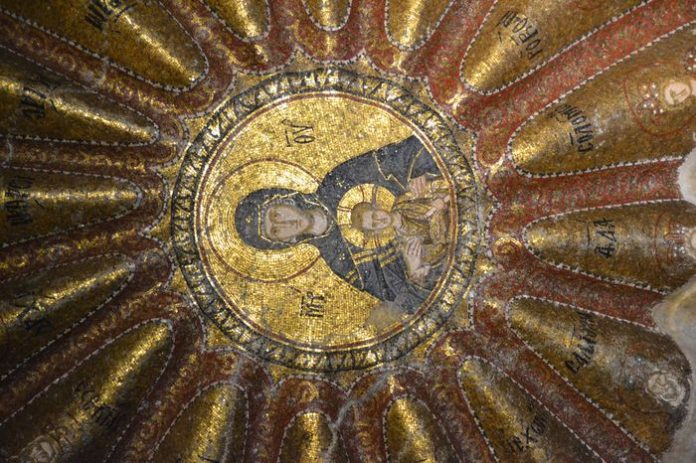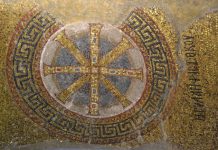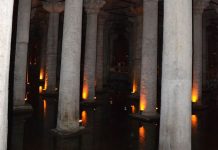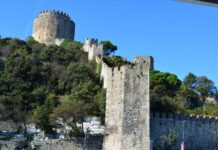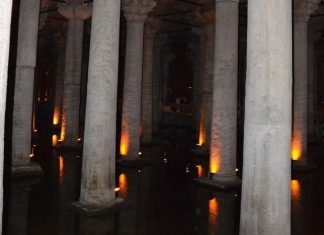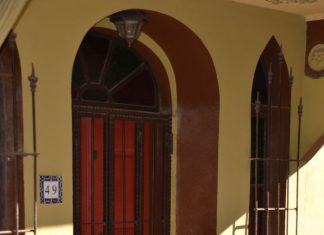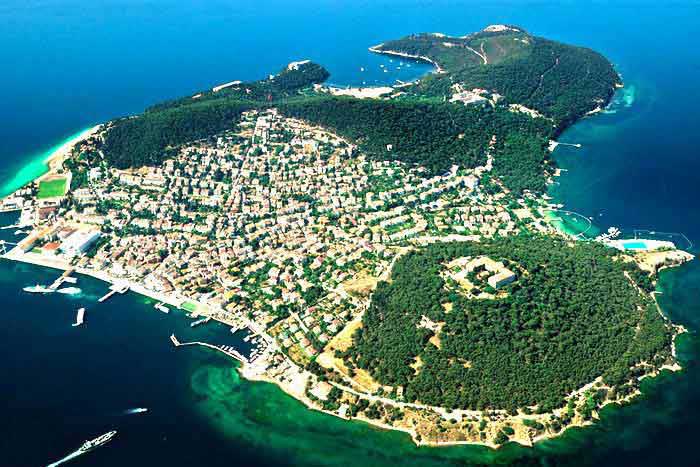Oskudar A Glimpse into Ottoman Majesty
Oskudar, a residential district thriving during the Ottoman era, serves as one of Istanbul’s key centers for Ottoman-era monuments. Originating at the mouth of the Bosphorus, its development was greatly influenced by the Hamm Sultans and the grand structures erected in their honor. Notable among these monuments are the Mihrimah Sultan Complex, Yeni Valide Complex, and Ahmet III Fountain, exemplifying classic Ottoman architecture spanning from the 16th to the 18th centuries. These architectural marvels not only contribute to the urban fabric of Istanbul but also offer insights into the rich cultural heritage of the Ottoman civilization through their intricate designs and decorative elements.
Beşiktaş A Hub of Ottoman Modernization
Beşiktaş emerged as a significant center in the 16th century, witnessing the construction of iconic structures like the Barbaros Hayrettin Paşa Tomb and Sinan Paşa Complex. The 19th century further saw the establishment of prominent palaces such as Dolmabahçe, Çırağan, and Yıldız, marking Beşiktaş as a focal point of Ottoman modernization efforts. Among its architectural gems is the Cihannuma Mother Mary Greek Orthodox Church, located on Çırağan Avenue, opposite the courthouse Exploring the History of Zeyrek Church Mosque.
Cihannuma Mother Mary Greek Orthodox Church: A Testament to Ottoman Ecclesiastical Architecture
Constructed on January 21, 1830, the Cihannuma Mother Mary Greek Orthodox Church stands as a striking example of Ottoman ecclesiastical architecture. The church, measuring 2.5 by 8 meters with a height of 8 meters, boasts a chapel and holy spring dedicated to Saint Paraskevi. Its interior is adorned with scenes from the life of Prophet Jesus, displayed atop the iconostasis, while large icons adorn the lower sections. The walls of the ambulatory facing the central nave feature depictions of Prophet Jesus and biblical authors, while the apse’s half-dome showcases a captivating portrayal of Mary the Platytera. Notably, the church’s construction adheres to pre-Tanzimat Ottoman architectural principles, devoid of elements such as domes, marble columns, or cut stones, thus reflecting a distinctive style prevalent during that era Istanbul Old City Tours.
Preserving Ottoman Heritage
Efforts to conserve and protect these Ottoman-era monuments are paramount in safeguarding Istanbul’s rich cultural legacy. By maintaining these architectural treasures, future generations can continue to appreciate and learn from the splendor of Ottoman civilization, ensuring that its profound impact endures through the ages.
